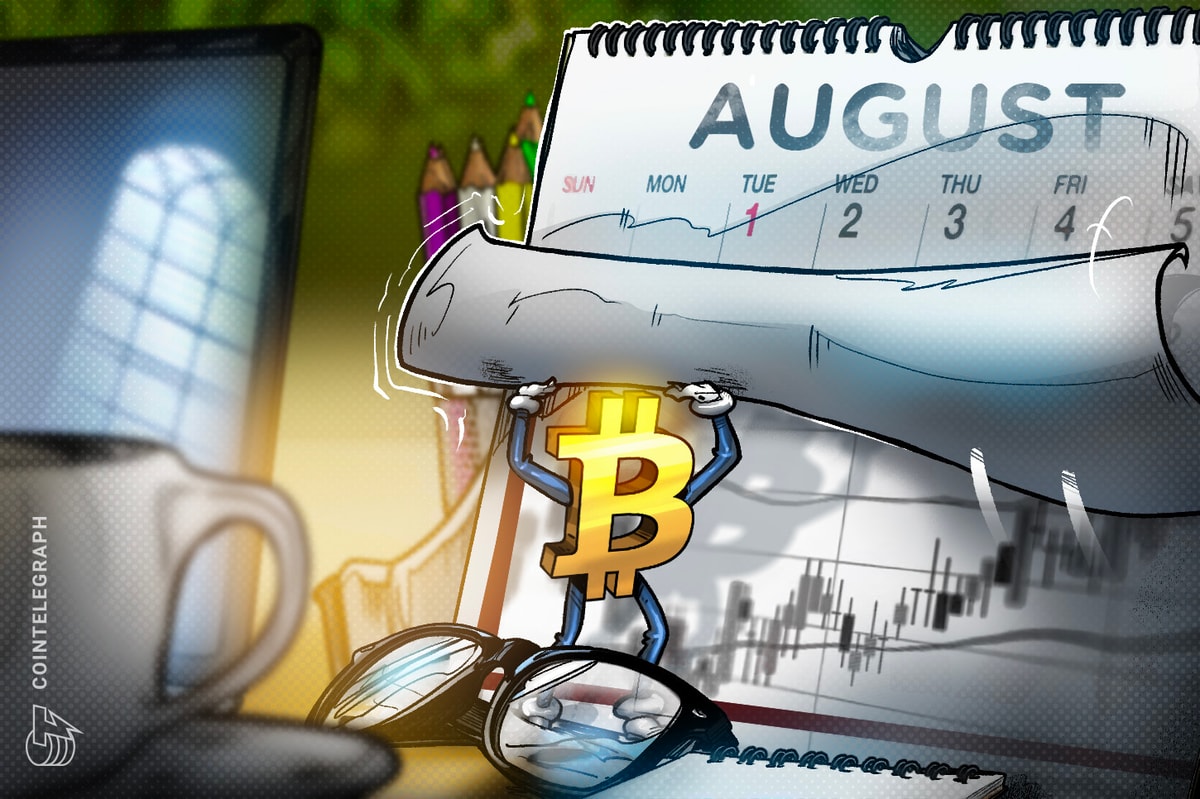For more than a decade, South Africans have endured declining economic growth, persistent load shedding, and weak governance. Growth in real gross domestic product (GDP) has averaged less than 1% since 2014.
It is tempting to think that this decline could continue indefinitely, but we have already absorbed the worst shocks.
Read: The global economy’s strange crossroads
Barring a severe political or service delivery shock, the probability of a sustained collapse to zero or negative growth is very low.
Electricity: From collapse to stabilisation
Eskom has turned a corner. In 2023, South Africa (SA) experienced nearly 300 days of rolling blackouts, but in 2024, that number fell to just 69 days.
By mid-2025, the grid had delivered more than 100 consecutive days without load shedding, with the energy availability factor holding steady in the mid-60s.
The electricity crisis is not solved, but the structural break risk from total grid failure has eased.
Logistics: Still weak, but reforming
Transnet remains a major bottleneck, with freight rail volumes at multi-decade lows. But, reform momentum is visible.
Government has guaranteed R51 billion to stabilise Transnet’s balance sheet, is opening up freight rail to private operators, and has launched the concessioning of container terminals. Execution will take years, but the reform vector is finally positive.
ADVERTISEMENT
CONTINUE READING BELOW
Institutions still hold
SA is not Zimbabwe or Venezuela. The Reserve Bank’s constitutional independence has withstood political pressure; the judiciary continues to check executive overreach; and civil society remains engaged.
According to the World Justice Project (2024), SA ranks 57th globally and 5th in Sub-Saharan Africa for the rule of law. This institutional resilience is crucial – and makes outright collapse unlikely.
Politics: A centrist drift
The only credible downside risk is a radical political swing to the left. If the Economic Freedom Fighters or uMkhonto we Sizwe were to win a national election, expropriation and nationalisation could become policy, breaking our fragile stability.
But the 2024 elections showed how improbable that is. The result of the elections was a centrist Government of National Unity. Across much of the country, voters are increasingly rejecting hate speech and empty promises.
Going forward, coalition politics makes a hard-left pivot highly improbable.
Growth: Modest, but the only way is up
No one should expect 3% to 5% annual growth soon. High unemployment, poor education outcomes, and low investment keep the ceiling low.
But the floor is firming: with electricity stabilising, logistics improving, and coalition politics drifting centre-right, 1% to 2% real GDP growth looks achievable over the next few years. Relative to the global context, that stability matters. The International Monetary Fund projects advanced economies to grow just 1.4%.
SA’s growth may not dazzle, but in a slowing world, it can increasingly look resilient.
The rand’s outlook
ADVERTISEMENT:
CONTINUE READING BELOW
Currency markets often overshoot on fear. For years, the rand priced in rolling crises. Now, with risks plateauing, the downside diminishes.
By August 2025, the rand had touched a nine-month high, with the real effective exchange rate back near its long-run average. If rates in the Unites States ease and SA sustains incremental reforms, the rand could trend firmer – helping anchor inflation and consumer confidence.
Risks that remain
Two domestic fragilities still deserve caution. First, water infrastructure and municipal finances are weak, with Gauteng already experiencing severe outages.
A water crisis could hit growth as hard as Eskom once did.
Second, the fiscal path is tight: debt is projected to peak at 77% of GDP in 2025/2026, and any revenue shortfall or bailout could push this even higher. External risks, such as trade tensions, also need to be monitored.
Stabilisation, not collapse
SA has little chance of a golden era of rapid growth, but it also faces minimal risk of collapse into failed-state status.
The structural breaks are behind us. With electricity stabilising, logistics reforming, politics consolidating to the centre, and institutions holding firm, the most likely future is one of slow, steady stabilisation. Growth of 1% to 2% per year may sound modest but it signals that the worst is over. In a slowing world, SA can once again, look comparatively strong.
Dr Francois Stofberg is a financial well-being economist at the Efficient Group.
Follow Moneyweb’s in-depth finance and business news on WhatsApp here.

 2 days ago
1
2 days ago
1






















 English (US) ·
English (US) ·